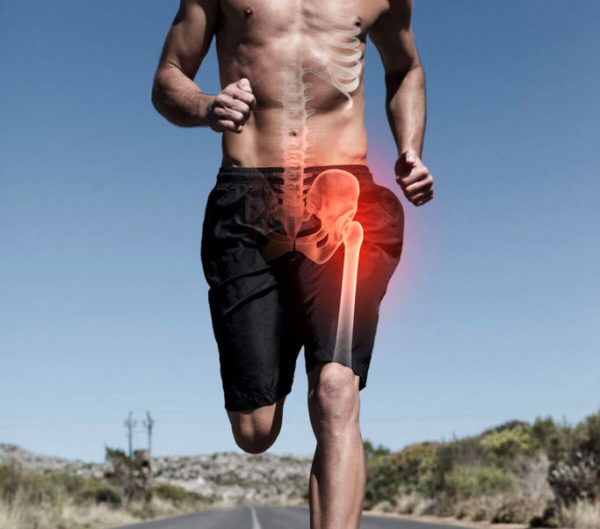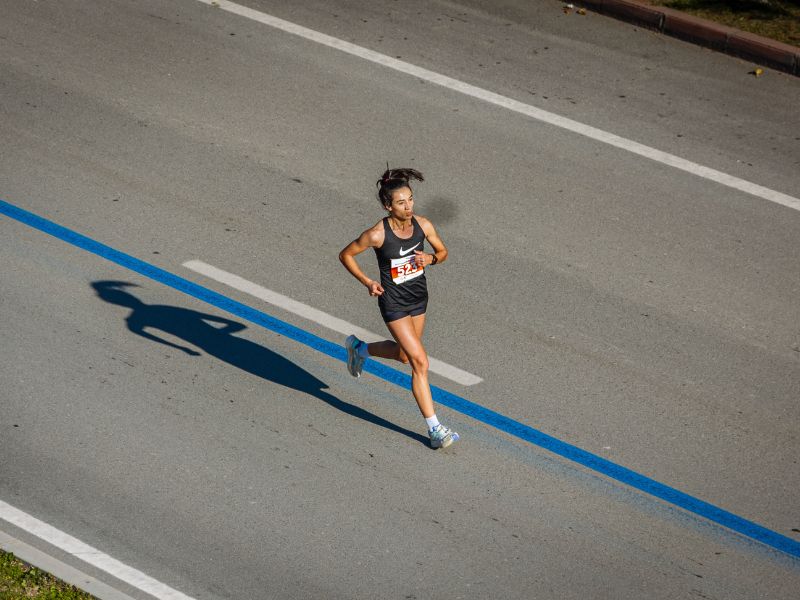Introduction:
For runners and athletes experiencing tightness in the groin and abdominal area, there is a condition that often lurks beneath the surface: osteitis pubis, commonly known as pubic overload syndrome. This repetitive strain injury is frequently observed in sports involving frequent changes of direction, such as football, rugby, netball, or hockey, and can significantly impact performance and overall physical well-being. Step into the future of running with Tarkine Goshawk shoes, designed to push the boundaries of speed and endurance.
Understanding Osteitis Pubis
Osteitis pubis occurs when excessive stress is placed on the pubic bones and pubic symphysis due to repetitive movements. Research suggests that specific muscles, including the adductors and abdominal muscles, play a significant role in the development of this condition.
During running, the pubic symphysis is subjected to substantial shearing forces, which are typically balanced by the abdominal and adductor muscles. However, sudden increases in running mileage or intensity can result in heightened muscle tension, leading to inflammation and swelling in the groin region. Additional factors, such as hip impingement, can further contribute to the risk of developing osteitis pubis.

Diagnosis of Osteitis Pubis
Accurate diagnosis of osteitis pubis hinges on a thorough evaluation of medical history and a comprehensive physical examination. In some cases, medical imaging techniques like MRI scans may be necessary to confirm the condition while ruling out other potential causes.
Osteitis pubis generally manifests gradually, often affecting one side initially. Initially, the pain may temporarily diminish during running, but without adequate rest and recovery, the symptoms can worsen, spreading to both sides of the groin and becoming persistent. It is crucial to rule out other conditions such as hip stress fractures, hernias, or urological and gynecological disorders. Therefore, seeking professional medical advice is essential for an accurate diagnosis.
Recovery Strategies
The road to recovery from pubic bone pain involves a multifaceted approach, encompassing strategic rest, targeted rehabilitation exercises, and a gradual return to physical activity.
- Rest and Activity Modification: Significantly reducing or temporarily ceasing high-impact activities, including running, is essential to alleviate pain and facilitate healing. Modifying the training load and avoiding activities that exacerbate symptoms are crucial elements of the recovery process.
- Rehabilitation Exercises: Physiotherapy serves as the cornerstone of treatment, yielding positive outcomes for the majority of patients. A comprehensive rehabilitation program will focus on strengthening the adductor muscles and other key pelvic muscles. Under the guidance of a physiotherapist, exercises will progress from gentle isometric movements to dynamic exercises, tailored to individual needs. Incorporating gym-based strength training to enhance stability and strength in the pelvis and lower legs can also contribute to successful recovery.
- Pain Monitoring and Gradual Return to Activity: Monitoring pain levels in response to training is pivotal for a safe and effective return to running. Tools such as the adductor squeeze test and specific strength-based criteria can guide the appropriate timing for reintroducing running or increasing its intensity. Collaborating with a physiotherapist will ensure a well-structured rehabilitation and running program, aligned with the progress of your recovery.
Conclusion:
Overcoming osteitis pubis is a demanding journey, but with proper diagnosis, early intervention, and a comprehensive treatment plan, recovery is achievable. Seeking professional guidance, adhering to appropriate rest periods, engaging in targeted rehabilitation exercises, and gradually resuming running will optimize your chances of conquering osteitis pubis. Patience and perseverance will be your allies as you work towards regaining your running prowess and overall physical well-being.

















